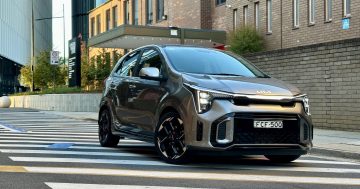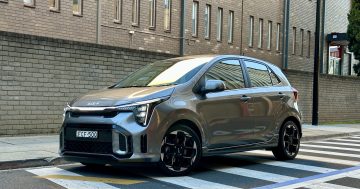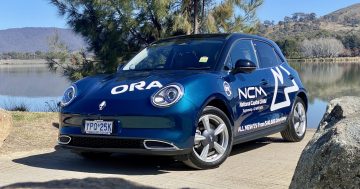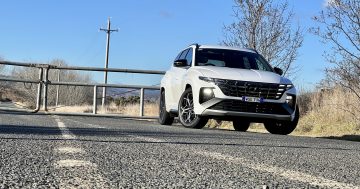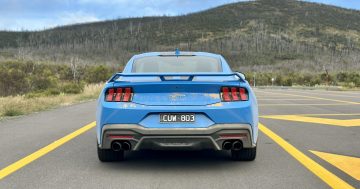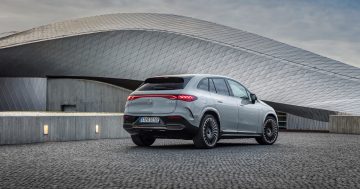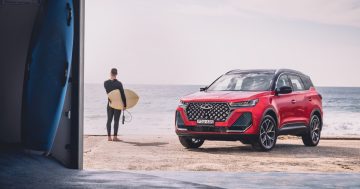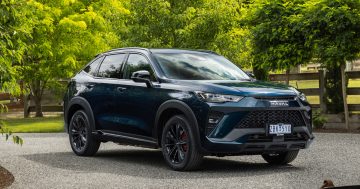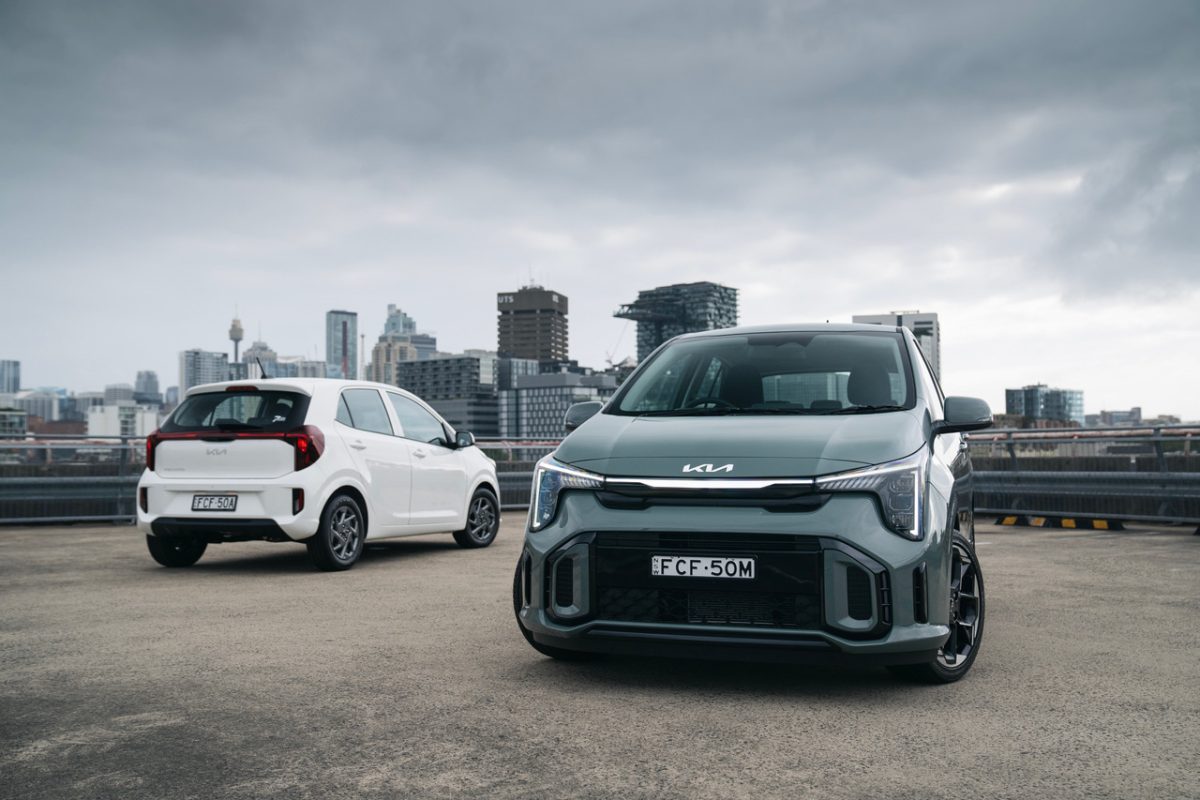
The Kia Picanto sports a styling update but is still one of only two sub-$20,000 cars on the market. Photos: Supplied.
Brisbane-Sydney-Brisbane might not sound like the best test for one of Australia’s smallest and cheapest cars. But . . . a Kia Picanto was surprisingly good over the long haul down and then back up the east coast, despite some nasty wet weather and fleets of giant trucks hogging the road.
The Kia tiddler is just that – tiny. It’s also one of only two sub-$20,000 cars today – the other is the MG3. But it answers the question about what we need and what we want from motoring in 2024.
The Picanto was perfectly fine over close to 2000 kilometres of driving, with all the essentials for modern motoring – Apple CarPlay, aircon, electric windows and four-star safety – without the extras that are barely used. After all, do you really need massage seats for your daily driver?
I cheated a little with the Picanto, jumping into the GT-Line model that sells for $19,690 and not the Kia starter car at $17,890. About the only extra that became a necessity was the auto-dipping LED headlights, which made a bunch of after-dark driving far safer and more enjoyable.

Given the size of the car, the Picanto’s boot is unsurprisingly tiny.
But, getting back to basics, the Picanto is a four-seater starter car with a teeny-tiny boot. It’s brilliantly easy to park but it’s easy to feel intimidated when there are trucks – and the latest American-built pick-ups – in the next lane.
It has a 1.2-litre petrol engine and either an old-school five-speed manual or four-speed automatic gearbox. It only has 62 kilowatts with 122 Newton-metres of torque, but the payback is rated fuel economy as low as 5.4 litres/100km.
The Picanto recently received a minor update and the most obvious change on the GT-Line is an LED bar that runs right across the nose, a styling change coming through the whole Kia family.
Inside, digital gauges and folding side mirrors are now standard. On the safety front, the Picanto is not a five-star winner by the latest ANCAP standards, but the reality is that it does the job of protecting its occupants and its ”safety suite’’ has been updated to include blind-spot collision avoidance, rear cross-traffic alert and lane-keep assistance.
As a parent on a budget, but still wanting proper protection for a youngster, it is fine. It was also fine through my drive time.
The expectation for the Picanto was low, very low, actually, but it easily cleared the bar. It was quiet enough for highway cruising, the sound system was fine, the headlights were brilliant, and the fuel economy was good at an average of just over 6 litres/100 km. But the baby engine is nothing special and, for me, the five-speed manual would be the better choice. The auto needs some stirring for uphill climbs and overtaking, and really suffers in comparison with the latest six-speed self-shifters that have taken over the car world.

The Picanto’s cabin materials are easy to live with, and the finishing work is even better.
The seats, too, could be better and so would a reach-adjustable steering column. And a bigger fuel tank would be nice for long trips, although you don’t have to stop as often as you would in an electric car.
But the materials inside the cabin are good, the finishing work is great, and it feels like it would run forever. Yes, it does feel a bit tinny, but that’s no surprise for the price.
So, does it tick the boxes? The Picanto is clearly intended as a city-and-suburbs runabout and it does the job. It’s a starter car for youngsters and a final car for oldies, and it does that job. But, surprisingly, it got through an interstate torture test without complaints.
Kia Picanto
- Position: Baby price fighter
- Price: From $17,890
- Engine: 1.2-litre petrol four-cylinder
- Power: 115kW/196Nm
- Transmission: Five-speed manual or four-speed auto, front-wheel drive
- Plus: Compact, economical, looks good
- Minus: Very small, a little tinny
- THE TICK: Surprisingly effective
- Score: 7.5/10.


